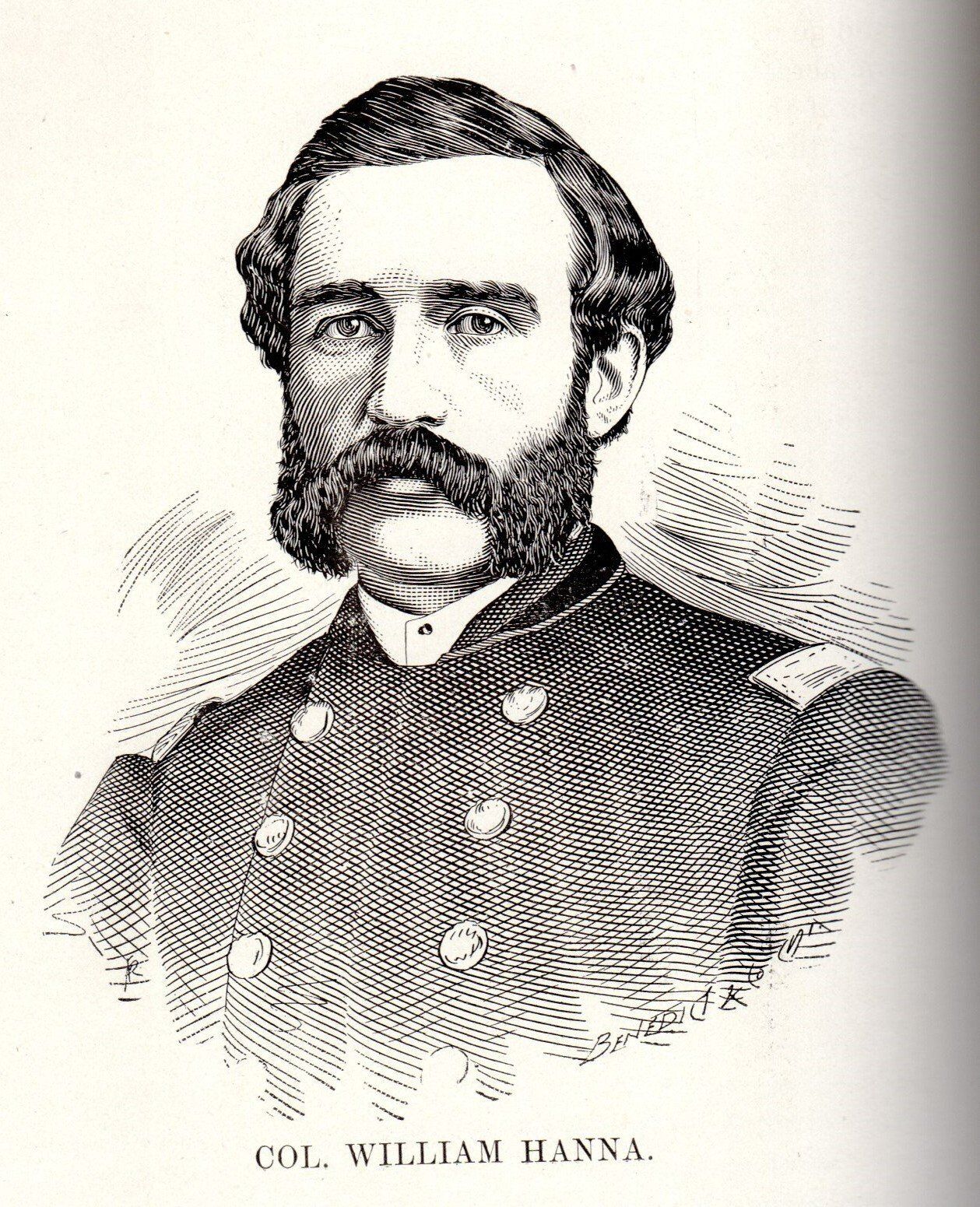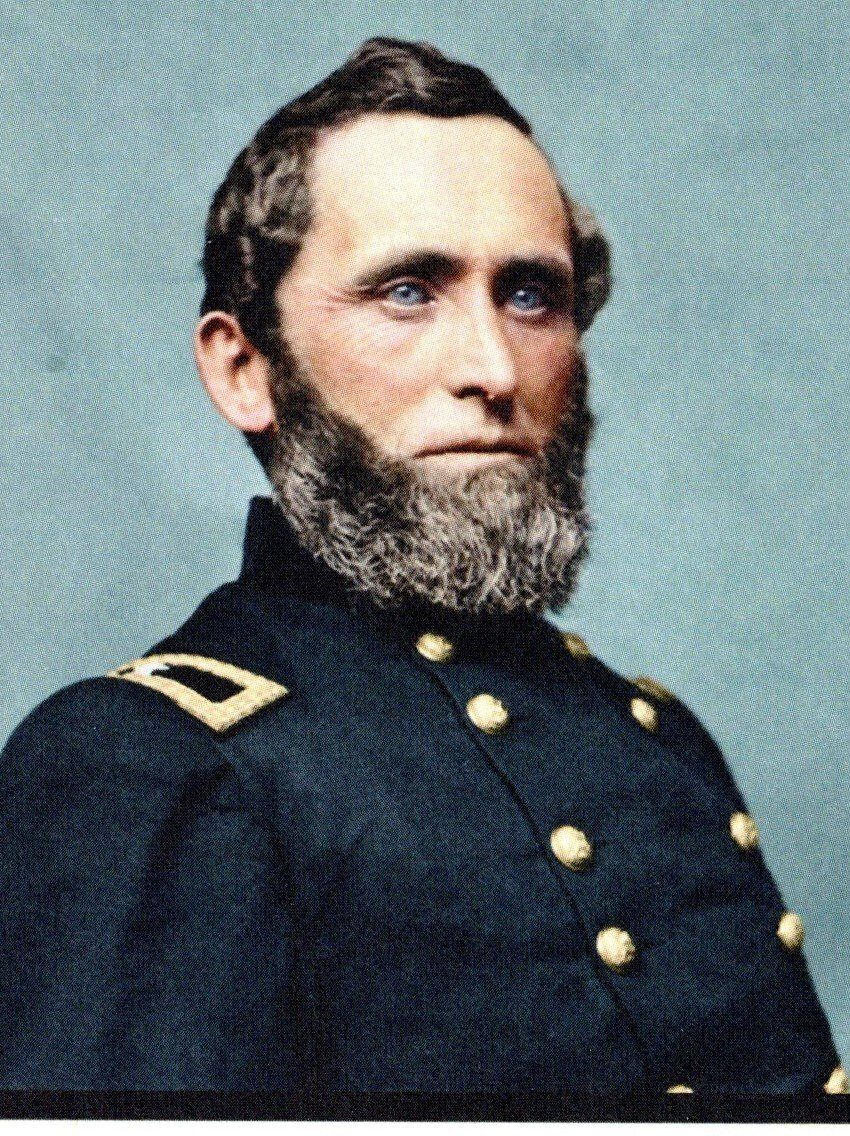Old Soldiers Reunions

Civil War soldiers’ reunions started shortly after the end of the war in 1865. The first Grand Army of the Republic reunion was held in Indianapolis in November, 1866. The 1869 Gettysburg reunion was planned to include both Union and Confederate armies. However, travel restrictions and costs kept many away and the actual first successful reunion of both sides on that battlefield was in 1913.
In Illinois, soldiers’ reunions were held in Marengo in 1867, and in Chicago in 1868. Soon counties and communities began holding their own soldiers’ reunions. Locally the 2nd Illinois Cavalry had held two previous reunions before they joined with infantry units for a reunion in Clayton, Illinois in 1870. In Quincy at their first reunion in 1869, a lighthearted poem composed by the former regimental surgeon, Dr. Cutis was read. A sample verse:
It may have been the Southern air;
It may have been the meager fare:
Whatever the cause,
No chicken ever dared to fly;
No turkey roosting e’ar so high,
(Dear feathered songster of the sky,)
Felt safe when the dragoons were nigh.
The 1870 reunion was held in conjunction with the Old Settler’s reunion on September 1st and 2nd in Clayton. Members of the 50th and 78th Illinois Infantry and Company L of the 2nd Illinois Cavalry, also known as the Delano Dragoons, met individually throughout Clayton and set up committees which then reported to the group as a whole in Coan’s Grove. A permanent organization was established with elected officers who decided the next infantry reunion would be in Macomb in 1871. There were seven other infantry regiments partially represented and two additional cavalry regiments represented.
In the evening, the soldiers marched to the grove where the Old Settlers were meeting to give reports and hear the speeches. The old settlers were invited to participate in the evening events with the soldiers.
The Daily Herald reported “stirring speeches” made by Generals Bane and Prentiss and Col. Hanna, ending with the singing of “Rally Round The Flag.” The 2nd Cavalry held a ball at the Hampton House that same evening which was well attended according to the paper.
For the old soldiers, a booming cannon started the day with the regiments marching behind their scarred battle flags around the town headed to their specific meeting place. Each regiment established a permanent organization which would meet annually, elect officers for the year, and pass resolutions. The 78th Illinois Infantry had been organized in Quincy in 1862. At this 1870 reunion, one of their resolutions sated, “Resolved, That we most devoutly thank God that we have survived the shock of a terrible civil war and are permitted to meet so many of our old comrades in a pleasant reunion.”
When the roll was called twenty-three members of Company L of the 2nd Illinois Cavalry answered. A committee was formed to meet with the 50th and the 78th Infantry in order to form a soldiers’ association. They too approved resolutions, specifically that a reunion “…is dear to the hearts of each one of us, and that while we meet today upon our third annual reunion and pledge ourselves anew to the proud flag that has waved over many a victorious battlefield, we cannot forget the dear ones who have sacrificed their lives upon the alter of their country and died martyrs to the cause of liberty.”
The 2nd Cavalry decided to continue meeting every year as long as there was a “corporal’s guard” left. By that they meant as long as there were a few soldiers’ left “for a little social raid or skirmish.” Their next reunion was planned for Fowler, Illinois, in September 1871. They also decided to participate in the “grand” reunion in Macomb in October. A letter was read from their last commanding officer, Captain F. T. Moore, who did not attend the reunion and who was still in the Cavalry serving in the West. He reminded them of their honorable enemy and their not so honorable enemy. He said, “A brave enemy, who honestly believed he was right should be respected.” He heaped scorn on the not so honorable enemy describing them as “a sneaking, backbiting copperhead….”
The 78th infantry elected a president, and ten vice presidents were chosen, one for each company. Their job was to keep track of everyone’s address. One of their resolutions was to thank the Chicago, Burlington and Quincy Railroad for their fare reductions to attend the reunion.
According to the September 10th Quincy Whig, about 1,500 people stayed to hear the evening speeches. Col. T. G. Black of Clayton was elected chairman of the evening events. The order of the evening would be ten-minute speeches interspersed with music. Captain Gooding spoke about “freedom for all men everywhere. Nothing short of that will do. (Applause.)” Captain Tom Howden said, “Reunions are the happiest and saddest meetings we can have.” One speaker from the 78th said, “He had fought not for the North but for the whole country.”
John McLean stood up and said, “he was forced to fight for the South after 30 men from his neighborhood in Texas were shot for refusing to enter the rebel army.” He said he fought in five states and got “whipped” every time. The audience applauded.
The last speech of the evening was by Payson’s own, Colonel Moses Bane of the 50th Illinois Infantry. Bane had organized the 50th in Quincy in 1861. The September 10th Quincy Whig said it was the best speech he had ever given. He likened the struggle to the Revolution, led by George Washington. He encouraged all “lovers of liberty” to form an international congress as a remedy for war and praised the free press.
Col. Black closed the evening with three cheers for the flag and encouraged a moment of silence for the dead. “Not a voice disturbed that never to be forgotten moment. The effect was great, and tears sprang from many an eye.”
Arlis Dittmer is a retired health science librarian and current president of the Historical Society of Quincy and Adams County. During her years with Blessing Health System, she became interested in medical and nursing history—both topics frequently overlooked in history.
Sources
“From Clayton: Soldiers’ Reunion.” Quincy Daily Whig, September 2, 1870, 4.
Hoffman, Drew. “The Gettysburg Compiler: On The Front Lines of History.” Some Limitations on Reunion – The Gettysburg Compiler
“Old Settlers’ and Soldiers’ Re-union.” Quincy Daily Herald, September 2, 1870, 4.
“Poetry: Soldiers’ Reunion.” Quincy Whig, January 9, 1869, 4.
“Soldiers’ Reunion.” Quincy Whig, September 10, 1870, 1.

General Prentiss






